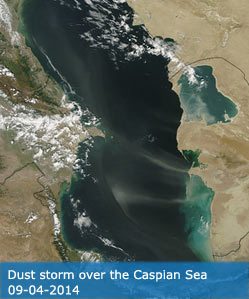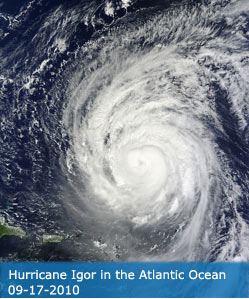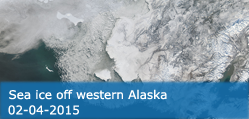Science Team
Publications
Ali, M; Ali, T; Gawai, R; Dronjak, L; Elaksher, A (2024). The Analysis of Land Use and Climate Change Impacts on Lake Victoria Basin Using Multi-Source Remote Sensing Data and Google Earth Engine (GEE). REMOTE SENSING, 16(24), 4810.
Abstract
Over 30 million people rely on Lake Victoria for survival in Northeast African countries, including Ethiopia, Eritrea, Somalia, and Djibout. The lake faces significant challenges due to changes in land use and climate. This study used multi-source remote sensing data in the Google Earth Engine (GEE) platform to create Land Use and Land Cover (LULC), land surface temperature (LST), and Normalized Difference Water Index (NDWI) layers in the period 2000-2023 to understand the impact of LULC and climate change on Lake Victoria Basin. The land use/land cover trends before 2020 indicated an increase in the urban areas from 0.13% in 2000 to 0.16% in 2020. Croplands increased from 6.51% in 2000 to 7.88% in 2020. The water surface area averaged 61,559 square km, which has increased since 2000 with an average rate of 1.3%. The "Permanent Wetland" size change from 2000 to 2020 varied from 1.70% to 1.83%. Cropland/Natural Vegetation Mosaics rose from 12.77% to 15.01%, through 2000 to 2020. However, more than 29,000 residents were displaced in mid-2020 as the water increased by 1.21 m from the fall of 2019 to the middle of 2020. Furthermore, land-surface temperature averaged 23.98 degrees in 2000 and 23.49 in 2024.
DOI:
10.3390/rs16244810
ISSN:




